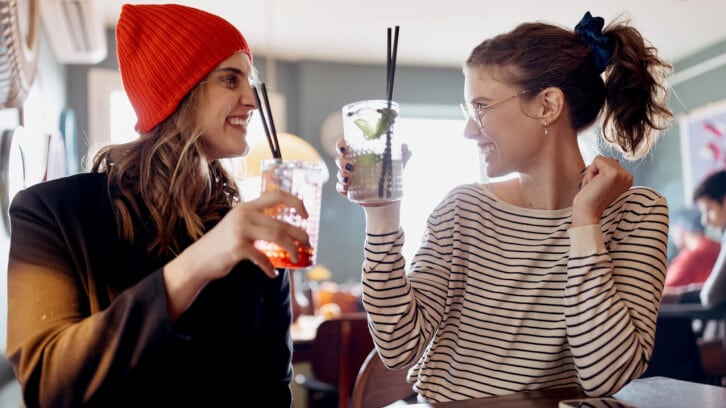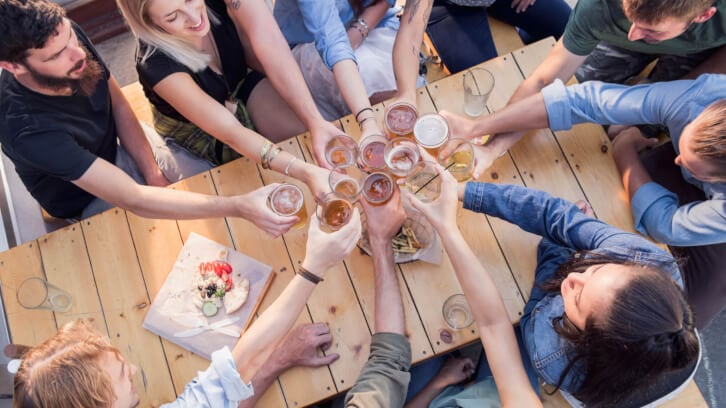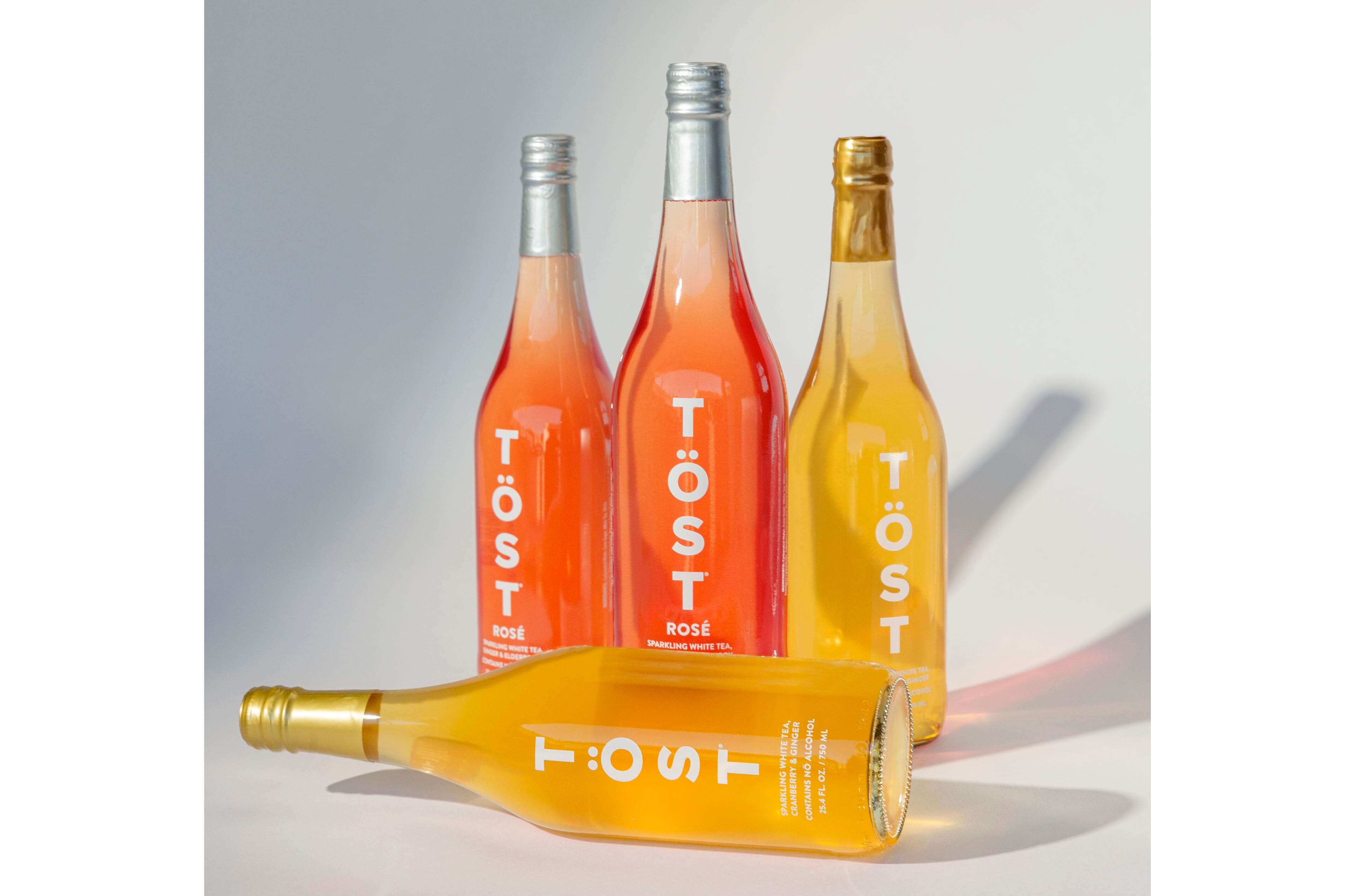As a new report from UK mindful drinking movement Club Soda and market research agency The Mix Global puts it: “In this gold rush, it’s easy to presume the audience landscape is straight forward, that this is a category for people who don’t drink. Well, it is not…”
Cultural shift
The no and low alcohol category has grown from $7.8bn in 2018 to just under $10bn in 2021 across the key focus markets of Australia, Brazil, Canada, France, Germany, Japan, South Africa, Spain, the UK and US, according to 2022 research from IWSR.
Furthermore, the IWSR forecasts that no- and low-alcohol volume will grow by +8% compound annual growth rate (CAGR) between 2021 and 2025, compared to regular alcohol volume growth of +0.7% CAGR during that same period.
There is a major cultural shift happening around alcohol consumption: for example, 1 in 5 Gen Z claim to be teetotalers. This change in mindset is mostly led with a growing awareness for physical and mental wellness.
But it’s always been tempting to pit those who drink alcohol against those who don’t.
“The industry has to date been binary," notes the report titled 'Free Spirited: Demystifying the audiences of alcohol free'.
"Either you pick an alcoholic product, or you don’t. A choice to participate, or not.
"This is effectively what appears in front of analysts and insights department informing the next big decisions in the space – the data on a page showing a “yes or no” story, shining a flawed light on what really is.
"But we do not live in a binary world. The entry point to mindful drinking is probably not where you think it is. It’s a lot more complex and emotional. It is full of contradictions that would not be done justice by pinning it down as a straightforward process.”
A fundamental difference in drivers, for example, is the split between those who have the ‘extrinsic’ motivations not to drink (traditional reasons such as driving, medical conditions, or family commitments).
That's compared to those who don’t drink for ‘intrinsic’ reasons – ‘something that comes from within, a desire to better yourself, to be sharp the next day, to improve your mental and physical health’.
But even that seemingly straight-forward split can be problematic.
“Many will use extrinsic motivations as a way to shield themselves from having to explain their intrinsic motivations, which can be very personal and emotional, to others, strangers or even loved ones,” notes the report.
Another way to split this drinking decision process is between those who regularly drink alcohol; those who don’t drink alcohol at all, and those who are actively reducing the amount of alcohol they drink.
And the reasons for making those decisions can vary enormously. An ‘aging moderator’ could be a retiree looking to cut down for health reasons and strongly supported by their family and friends - but who feels that they've been forced to give up something they enjoy.
Conversely, a 'non drinker' has no interest in alcohol (whether for health, taste or religious reasons) and is fed up of having to explain why they don't want to drink.
Meanwhile, a 'curious drinker' is not necessarily looking to go alcohol-free, but is very open and curious to trying new things - but with quality expectations set from their experience with alcohol.
And someone on a 'sober journey' might have a history of problematic drinking and is looking for a community of similar people.
Consumers meet brands
Club Soda looked at the number of people searching for alcohol-free and found that came to 10% of searches for alcohol. And yet sales are at around 1%.
That means there is more interest in low and no alcohol than sales - and consequently a 'huge' market opportunity.
So how can brands understand such a complex consumer group and launch successful products?
Identifying the type of consumers you want to attract is a good starting point, says the organization. Then think about what the brand's relation to existing alcohol products is - ie whether to lean into existing cues from alcohol or step away from them entirely.



